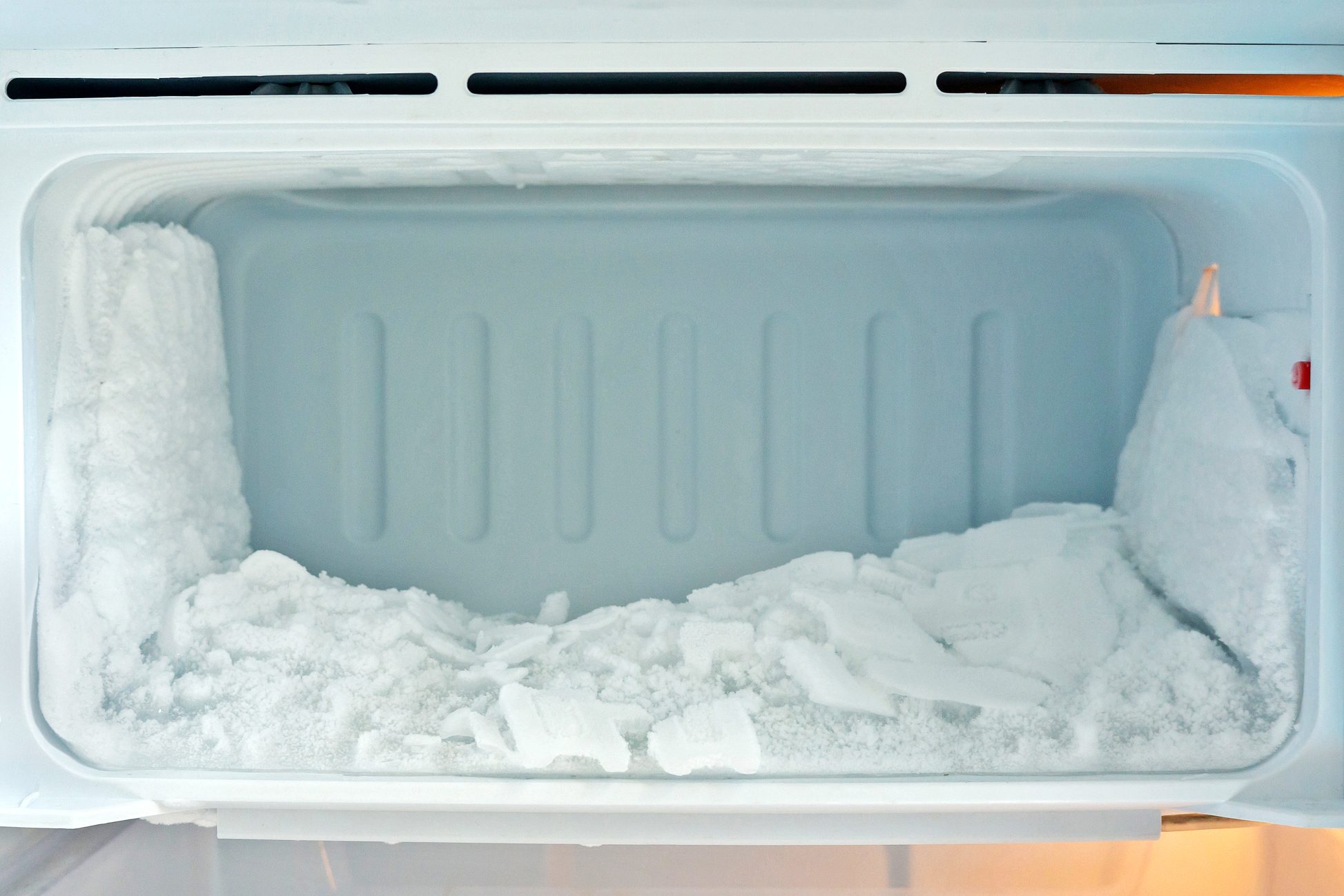

Articles
How To Remove Ice From Freezer
Modified: August 16, 2024
Looking for articles on how to remove ice from your freezer? Check out our expert tips and tricks to thaw out your freezer quickly and efficiently.
(Many of the links in this article redirect to a specific reviewed product. Your purchase of these products through affiliate links helps to generate commission for Storables.com, at no extra cost. Learn more)
How To Remove Ice From Freezer
Dealing with excessive ice buildup in your freezer can be a frustrating experience. Not only does it reduce the available storage space, but it can also affect the freezer’s efficiency and increase your energy consumption. However, removing ice from the freezer doesn’t have to be a daunting task. With the right tools and a step-by-step guide, you can easily get rid of the ice and restore your freezer’s functionality.
Importance of Removing Ice from the Freezer
Removing ice from the freezer is crucial for several reasons:
- Preserves food quality: Ice buildup can result in temperature fluctuations, compromising the freshness and quality of the food stored in the freezer.
- Prevents freezer damage: Excessive ice can strain the freezer components, leading to potential damage and costly repairs.
- Improves energy efficiency: Removing ice allows the freezer to operate more efficiently, reducing energy consumption and saving you money on your electricity bill.
Tools and Materials Needed
Before you begin, gather the following tools and materials:
- Plastic or silicone spatula
- Bucket or large container
- Old towels or absorbent cloths
- Warm water
- Vinegar or mild detergent
Step-by-Step Guide to Removing Ice from the Freezer
Follow these steps to effectively remove ice from your freezer:
- Switch off the freezer and unplug it from the power source to prevent any electrical accidents.
- Empty the freezer of all its contents and store them in a cooler or alternative freezer to keep them frozen.
- Wait for the ice to naturally begin melting. You can speed up this process by placing bowls of hot water inside the freezer.
- Use a plastic or silicone spatula to carefully remove the softened ice. Be gentle to avoid damaging the freezer’s interior.
- Collect the removed ice in a bucket or container, and dispose of it appropriately.
- Wipe down the interior of the freezer with a mixture of warm water and vinegar or mild detergent. This will remove any remaining ice residue or odors.
- Thoroughly dry the interior with old towels or absorbent cloths.
- Plug the freezer back into the power source and allow it to cool down before returning the stored food.
Safety Precautions to Take
While removing ice from the freezer, it is important to take certain safety precautions:
- Wear protective gloves to avoid injury from sharp ice edges.
- Do not use sharp objects like knives or ice picks to remove the ice, as they can damage the freezer and pose a safety risk.
- Avoid excessive force when removing ice to prevent damage to the freezer’s interior.
- Ensure the freezer is completely dry before plugging it back in to avoid electrical hazards.
Read more: How To Remove Mold From Ice Maker
Tips and Tricks for Preventing Ice Buildup in the Future
To minimize ice buildup and keep your freezer in optimal condition, consider the following tips:
- Regularly defrost your freezer by removing ice buildup at least once every three to six months.
- Avoid overfilling the freezer, as this can restrict airflow and promote ice formation.
- Ensure the freezer door seals are in good condition and close properly to maintain a tight seal.
- Check the freezer temperature regularly and adjust it as needed to prevent excess freezing.
- Avoid placing hot or warm items directly into the freezer, as this can lead to increased condensation and ice formation.
By following these guidelines, you can effectively remove ice from your freezer and maintain its optimal performance for years to come. Remember to prioritize safety and take preventative measures to reduce ice buildup in the future.
With a well-maintained freezer, you can enjoy a properly organized and efficient kitchen while keeping your food fresh and ready for use.
How To Remove Ice From Freezer
Dealing with excessive ice buildup in your freezer can be a frustrating experience. Not only does it reduce the available storage space, but it can also affect the freezer’s efficiency and increase your energy consumption. However, removing ice from the freezer doesn’t have to be a daunting task. With the right tools and a step-by-step guide, you can easily get rid of the ice and restore your freezer’s functionality.
In this article, you will learn how to effectively remove ice from your freezer, understand the importance of doing so, and discover tips to prevent ice buildup in the future.
Ice buildup in the freezer is a common issue that can occur due to various factors. It can be caused by leaving the freezer door open for an extended period, a malfunctioning defrost system, or even high humidity in the surrounding environment. Regardless of the cause, it is essential to address the ice buildup promptly to prevent further complications.
Removing the ice serves multiple purposes. Firstly, it helps preserve the quality of the food stored in the freezer. The presence of excess ice can result in temperature fluctuations, which can negatively impact the freshness and integrity of your food items. By removing the ice, you ensure that your frozen goods remain in optimal condition.
Additionally, removing ice from the freezer prevents potential damage to the appliance itself. Excessive ice can strain the freezer’s components, placing unnecessary stress on the motor and other mechanical parts. This strain can lead to expensive repairs or even premature failure. By regularly removing ice, you extend the lifespan of your freezer and save money in the long run.
Furthermore, removing ice improves the energy efficiency of your freezer. When ice builds up, it acts as insulation, causing the appliance to work harder to maintain the desired temperature. This increased workload results in higher energy consumption and, subsequently, higher electricity bills. By removing the ice, you allow the freezer to operate more efficiently, reducing energy waste and saving money on your utility costs.
Now that you understand the importance of removing ice from your freezer, let’s delve into the step-by-step process of getting rid of that unwanted ice. Gather the necessary tools and materials, follow the instructions carefully, and soon you’ll have a fully functional and ice-free freezer once again.
How To Remove Ice From Freezer
Importance of Removing Ice from the Freezer
Removing ice from the freezer is crucial for several reasons:
- Preserves Food Quality: Ice buildup in the freezer can lead to temperature fluctuations, which can compromise the freshness and quality of the food stored inside. Fluctuating temperatures can cause freezer burn, resulting in dried-out and unappetizing food. By removing the ice, you create a stable environment for your frozen goods, ensuring they retain their taste, texture, and nutritional value.
- Prevents Freezer Damage: Excessive ice can place strain on the freezer’s components, including its motor, evaporator coils, and fans. This stress can lead to malfunctions or even permanent damage to the appliance. By regularly removing ice, you alleviate the pressure on these parts, increasing the longevity and reliability of your freezer.
- Improves Energy Efficiency: Ice buildup acts as insulation, making the freezer work harder to maintain its temperature. This increased workload results in higher energy consumption, leading to inflated electricity bills. By removing the ice, you allow the appliance to operate more efficiently, reducing energy waste and saving you money on your utility costs.
- Increases Storage Capacity: Ice takes up valuable space in your freezer, reducing the available storage capacity. This can be especially problematic when you need to store larger items or when the freezer is already nearing its capacity limit. By removing the ice, you create more room for your frozen goods, maximizing the utility of your freezer.
- Prevents Potential Hazards: A thick layer of ice can create hazards within the freezer. For instance, it can cause items to become stuck, making them difficult to remove. The slipperiness of the ice can also increase the risk of accidents when reaching into the freezer. By regularly removing ice, you create a safer and more accessible environment in your freezer.
While the process of removing ice from the freezer may require some time and effort, the benefits outweigh the inconveniences. By preserving food quality, preventing freezer damage, improving energy efficiency, increasing storage capacity, and eliminating potential hazards, you ensure that your freezer operates optimally and that your frozen goods remain in the best possible condition.
Now that you understand the importance of removing ice from your freezer, let’s explore the tools and step-by-step process to effectively remove the ice and restore the functionality of your appliance.
How To Remove Ice From Freezer
Tools and Materials Needed
Before you begin the process of removing ice from your freezer, it is important to gather the necessary tools and materials:
- Plastic or Silicone Spatula: This will be used to gently scrape away the ice from the interior walls of the freezer. It is important to choose a spatula with a smooth edge to minimize the risk of damaging the freezer’s surfaces.
- Bucket or Large Container: A bucket or large container will come in handy for collecting the chunks of ice that you remove from the freezer. This will make it easier to dispose of the ice later on without making a mess.
- Old Towels or Absorbent Cloths: Having old towels or absorbent cloths on hand is essential for wiping up any melted ice or water that accumulates during the ice removal process. Ensure that the towels or cloths are absorbent enough to soak up the moisture effectively.
- Warm Water: Warm water will be used to help melt the ice and make it easier to remove. It is recommended to have a container filled with warm water on standby to facilitate the melting process.
- Vinegar or Mild Detergent: To ensure the interior of the freezer is clean and free from any residue, prepare a mixture of warm water and either vinegar or a mild detergent. This solution will be used to wipe down the freezer once the ice has been removed.
By having these tools and materials ready, you will be well-equipped to tackle the ice removal process efficiently and effectively.
Now that you have gathered the necessary tools and materials, let’s move on to the step-by-step guide to removing ice from your freezer.
How To Remove Ice From Freezer
Step-by-Step Guide to Removing Ice from the Freezer
Follow these step-by-step instructions to effectively remove ice from your freezer:
- Step 1: Prepare the Freezer: Before you begin, switch off the freezer and unplug it from the power source. This will ensure your safety and prevent any electrical accidents while working inside the appliance.
- Step 2: Empty the Freezer: Remove all the food and items stored in the freezer and transfer them to a cooler or alternative freezer to keep them frozen during the ice removal process.
- Step 3: Allow the Ice to Melt: Let the ice naturally begin melting on its own. You can speed up this process by placing bowls or containers filled with hot water inside the freezer. The heat from the water will help melt the ice faster.
- Step 4: Scrape the Ice: Once the ice has softened, use a plastic or silicone spatula to gently scrape away the ice from the interior walls of the freezer. Be careful not to apply too much pressure or use sharp objects that could damage the surfaces. Collect the removed ice in a bucket or large container as you go.
- Step 5: Dispose of the Ice: Once you have removed all the ice, empty the bucket or container of the collected ice. Dispose of it properly, following your local waste disposal guidelines.
- Step 6: Clean the Freezer: Prepare a solution of warm water and vinegar or mild detergent. Use a clean cloth or sponge soaked in this solution to wipe down the interior of the freezer, removing any remaining ice residue or odors. Ensure that all surfaces are thoroughly cleaned and rinsed.
- Step 7: Dry the Freezer: Use old towels or absorbent cloths to dry the interior of the freezer. Make sure it is completely dry before proceeding to the next step.
- Step 8: Plug In the Freezer: Once the freezer is dry, plug it back into the power source and switch it on. Allow the freezer to cool down to the desired temperature before returning the stored food and items.
By following these steps, you can effectively remove ice from your freezer and restore its functionality. Remember, it is important to prioritize safety and take your time to ensure the ice is removed gently and thoroughly.
Now that you know how to remove ice from your freezer, let’s explore some safety precautions you should take during the process to prevent any accidents or damages.
How To Remove Ice From Freezer
Safety Precautions to Take
While removing ice from the freezer, it is important to prioritize safety and take specific precautions to prevent accidents or damages. Follow these safety guidelines:
- 1. Wear Protective Gloves: Ice can have sharp edges, which can cause cuts or injuries to your hands. Protect yourself by wearing thick protective gloves before starting the ice removal process.
- 2. Avoid Using Sharp Objects: Refrain from using sharp objects like knives, ice picks, or screwdrivers to remove the ice. These tools can damage the freezer’s surfaces or even puncture the refrigerant lines, leading to irreversible damage. Instead, use a plastic or silicone spatula with a smooth edge to gently scrape off the ice.
- 3. Be Gentle and Patient: Take your time and be gentle when removing the ice. Applying excessive force or using aggressive motions can damage the interior of the freezer or cause it to tip over. Use light, controlled movements to avoid any mishaps.
- 4. Ensure Adequate Ventilation: Work in a well-ventilated area or open a window to allow fresh air circulation. This will help dissipate any fumes or odors that may arise during the ice removal process.
- 5. Unplug the Freezer: Always remember to switch off the freezer and unplug it from the power source before attempting to remove the ice. This eliminates the risk of electric shock or short circuits that could occur if water comes into contact with electrical components.
- 6. Avoid Excessive Water: While using hot water to aid in melting the ice, be cautious not to overdo it. Excessive water can lead to leaks or spills that may damage the freezer or pose slip hazards. Use just enough warm water to facilitate the ice melting process.
- 7. Dry the Freezer Thoroughly: Before plugging the freezer back in, ensure that all surfaces are completely dry. Moisture left inside the freezer can cause electrical hazards or damage to the appliance. Use old towels or absorbent cloths to dry the interior thoroughly.
- 8. Follow Manufacturer’s Guidelines: Read and follow the manufacturer’s instructions or user manual specific to your freezer model. This will provide you with important safety information and guidelines for ice removal.
By adhering to these safety precautions, you can minimize the risk of accidents, damages, or electrical hazards while removing ice from your freezer. Remember, your safety should always be the top priority.
Now that you are aware of the safety precautions, let’s explore some tips and tricks to prevent ice buildup in the future and keep your freezer running smoothly.
How To Remove Ice From Freezer
Read more: How To Remove Mold From Ice Maker
Tips and Tricks for Preventing Ice Buildup in the Future
To minimize ice buildup and keep your freezer in optimal condition, consider the following tips:
- Regularly Defrost the Freezer: Ice buildup can be prevented by regularly defrosting the freezer. Aim to defrost it at least once every three to six months, or whenever you notice a significant amount of ice accumulation.
- Avoid Overfilling the Freezer: Overfilling the freezer restricts proper airflow, leading to increased moisture and ice buildup. Be mindful of not overcrowding the freezer and leave enough space for air circulation.
- Check and Maintain the Freezer Door Seals: Damaged or worn-out door seals can allow warm air to enter the freezer, causing condensation and ice formation. Regularly check the door seals to ensure they are in good condition and replace them if necessary.
- Monitor and Adjust Freezer Temperature: Keep an eye on the freezer temperature gauge and make necessary adjustments to maintain the ideal temperature. Freezing temperatures that are too high can result in excessive condensation and ice buildup.
- Avoid Placing Hot Items in the Freezer: Allow hot or warm items to cool down to room temperature before placing them in the freezer. Placing hot items directly into the freezer can increase the humidity level, leading to excess condensation and ice formation.
- Keep the Freezer Well-Organized: Maintain a well-organized freezer by grouping similar items together and utilizing storage containers or bins. This will help maximize space, improve airflow, and minimize the chances of items getting stuck or causing ice buildup.
- Keep the Freezer Clean: Regularly clean the interior of the freezer to remove spills or food residues that can contribute to ice buildup. Use a mixture of warm water and mild detergent to wipe down the surfaces and rinse thoroughly.
- Monitor Humidity Levels: High humidity levels in the surrounding environment can contribute to ice buildup. Consider using a dehumidifier in the area where the freezer is located to help control humidity and minimize ice formation.
By implementing these tips and tricks, you can reduce the occurrence of ice buildup in your freezer and maintain its optimal performance. Remember, prevention is key to avoiding the hassle of removing excessive ice in the future.
With a well-maintained freezer, you can enjoy a properly organized kitchen, extend the lifespan of your appliance, and ensure that your frozen goods remain in the best possible condition.
Now that you have learned the process of removing ice from your freezer and ways to prevent ice buildup, you are well-equipped to tackle any ice-related challenges that may come your way!
How To Remove Ice From Freezer
Conclusion
Dealing with ice buildup in your freezer can be a hassle, but with the right knowledge and tools, it doesn’t have to be a daunting task. By following the steps outlined in this guide, you can effectively remove ice from your freezer and restore its functionality. Regularly removing ice is important to preserve food quality, prevent freezer damage, improve energy efficiency, and increase storage capacity.
Remember to prioritize safety during the ice removal process by wearing protective gloves, avoiding sharp objects, and ensuring adequate ventilation. Take your time and be gentle when scraping the ice to avoid any damages to the freezer’s interior. Once the ice is removed, clean and dry the freezer thoroughly before plugging it back in.
To prevent ice buildup in the future, incorporate the tips and tricks mentioned in this guide. Regularly defrosting the freezer, avoiding overfilling, maintaining the door seals, monitoring and adjusting the temperature, and keeping the freezer well-organized can help prevent ice formation. Additionally, keeping the freezer clean and monitoring humidity levels can further contribute to ice prevention.
By following these guidelines, you can maintain a well-functioning freezer and keep your frozen goods in optimal condition. A properly maintained freezer not only ensures the longevity of the appliance but also saves you money on energy bills and provides a safer environment free from ice-related hazards.
Now that you are equipped with the knowledge to remove ice from your freezer and prevent future ice buildup, put these tips into practice and enjoy a hassle-free freezer experience. With proper care and maintenance, your freezer will continue to serve you well for years to come!
Frequently Asked Questions about How To Remove Ice From Freezer
Was this page helpful?
At Storables.com, we guarantee accurate and reliable information. Our content, validated by Expert Board Contributors, is crafted following stringent Editorial Policies. We're committed to providing you with well-researched, expert-backed insights for all your informational needs.
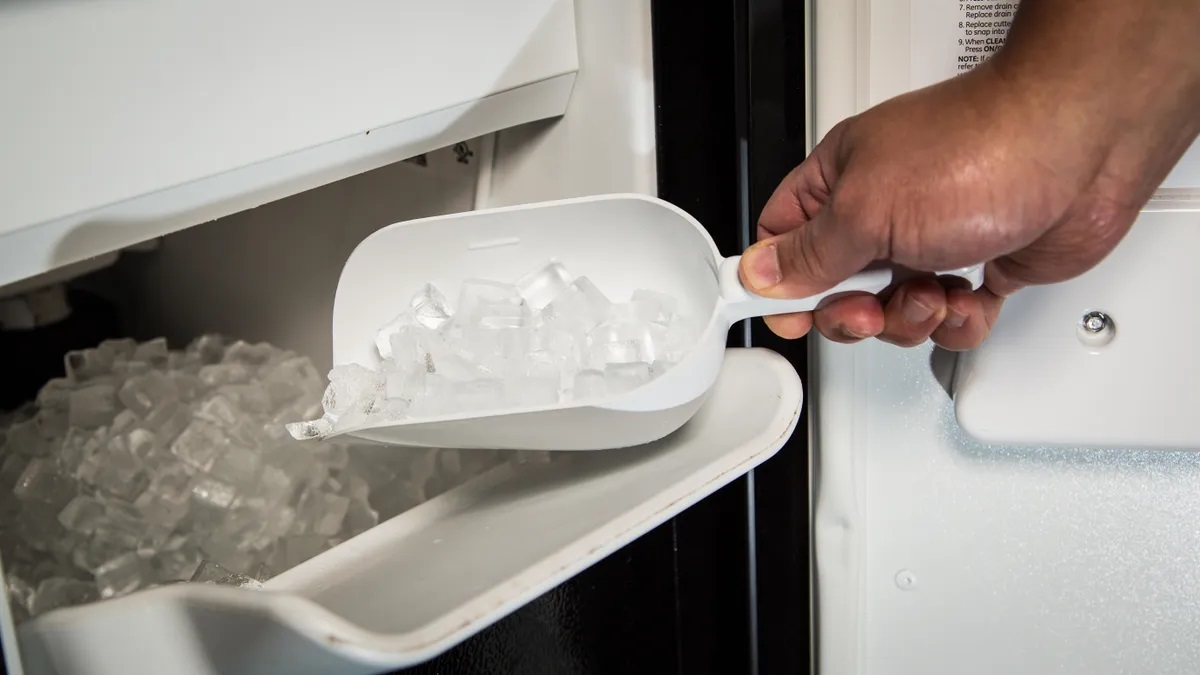
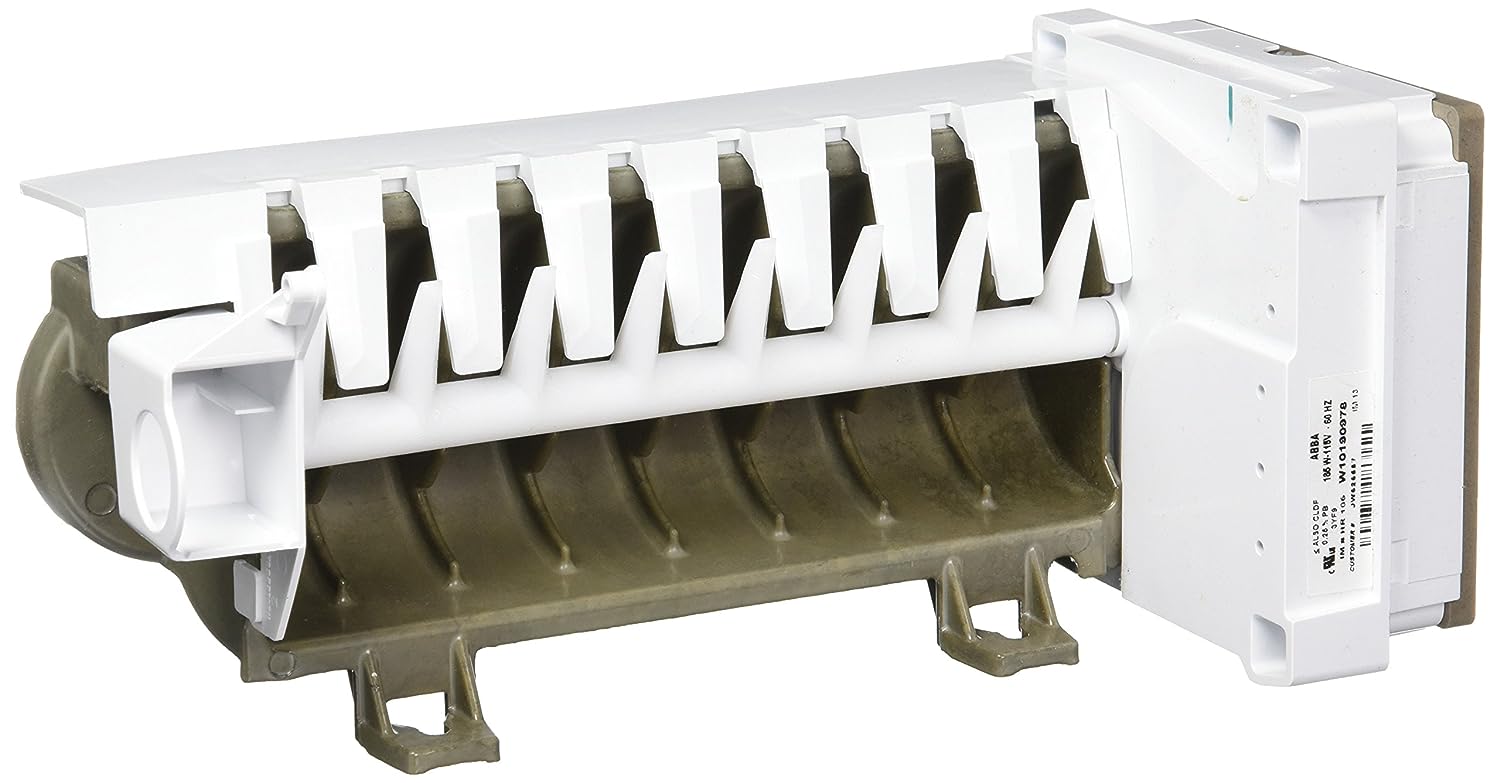
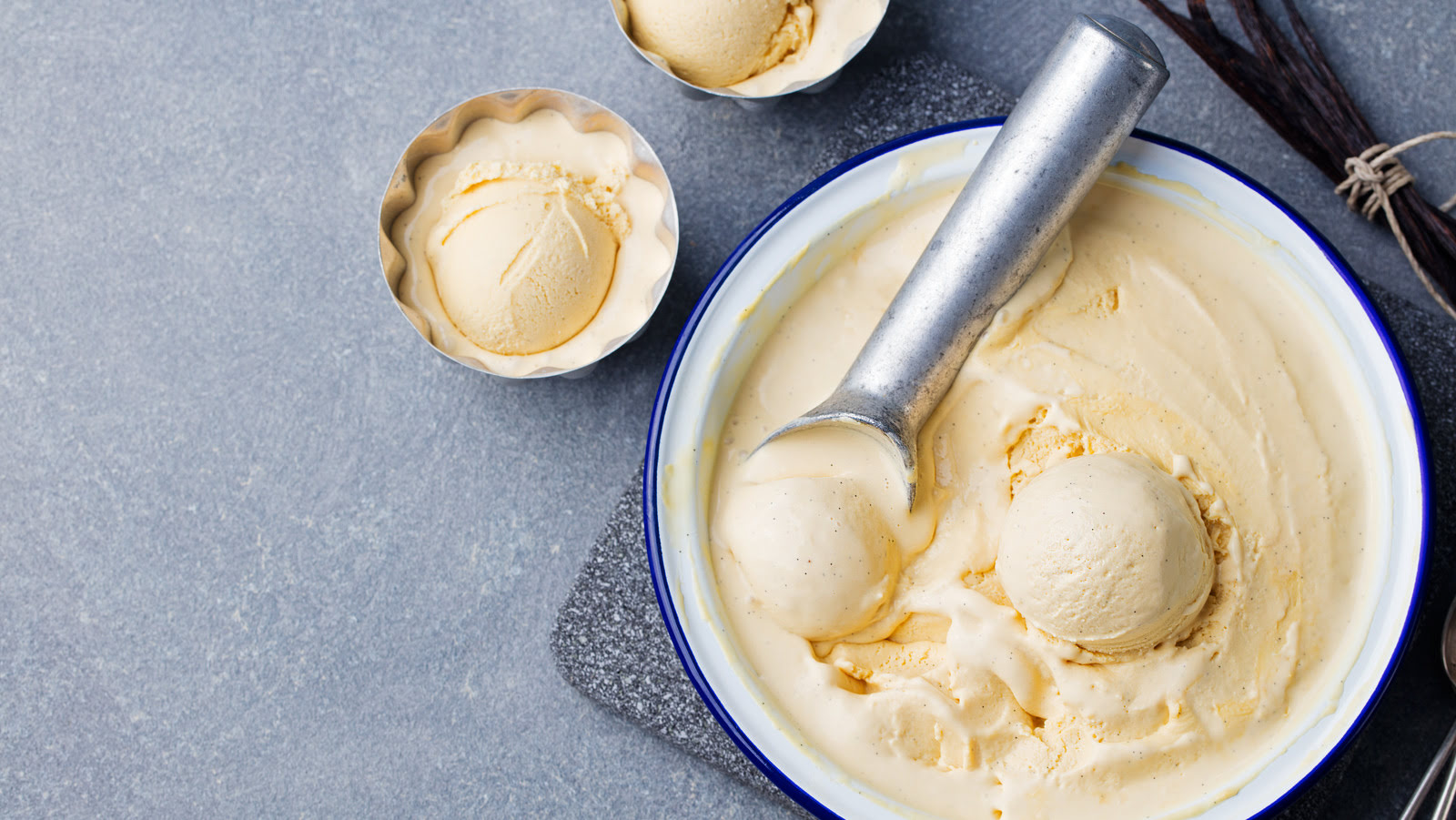
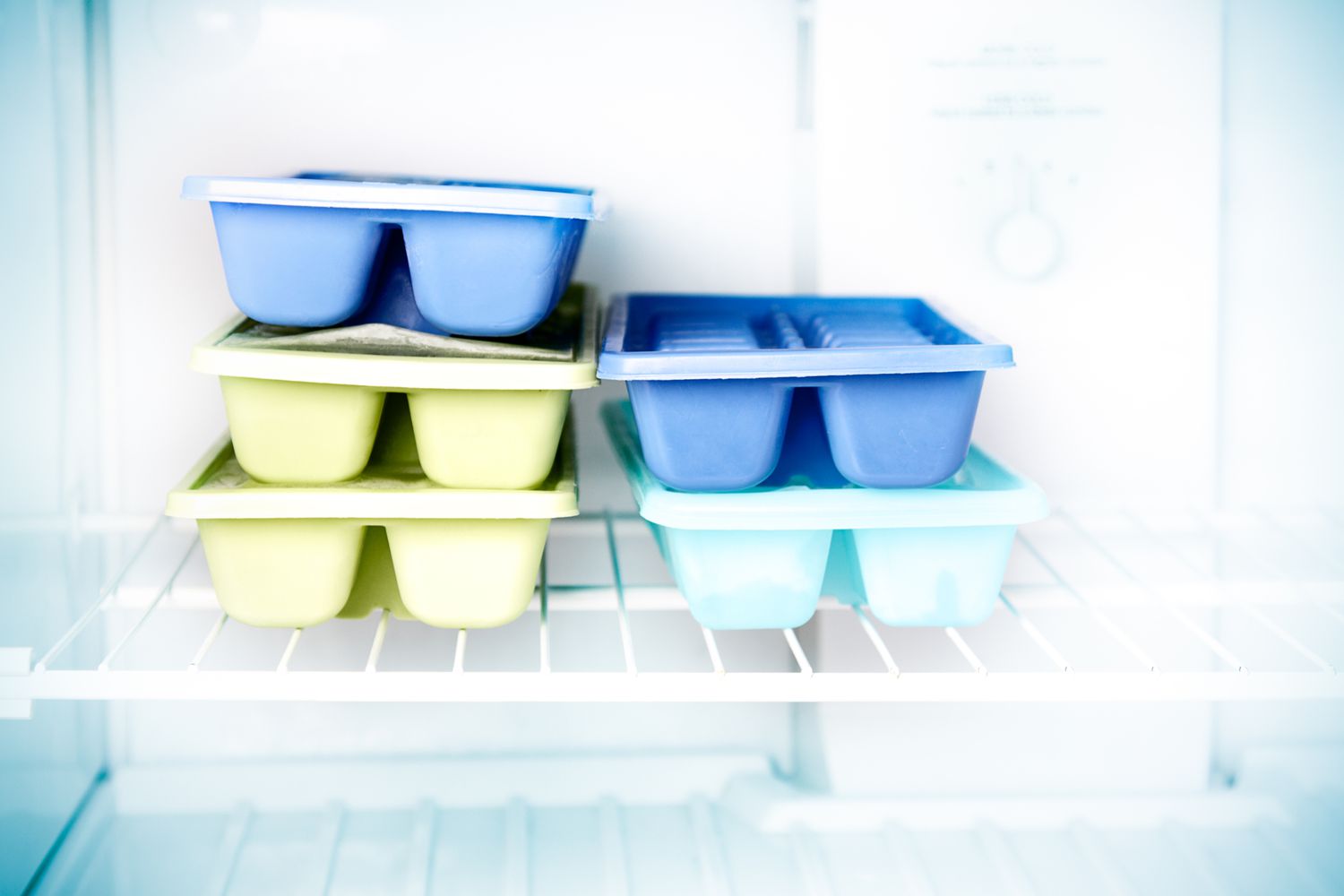
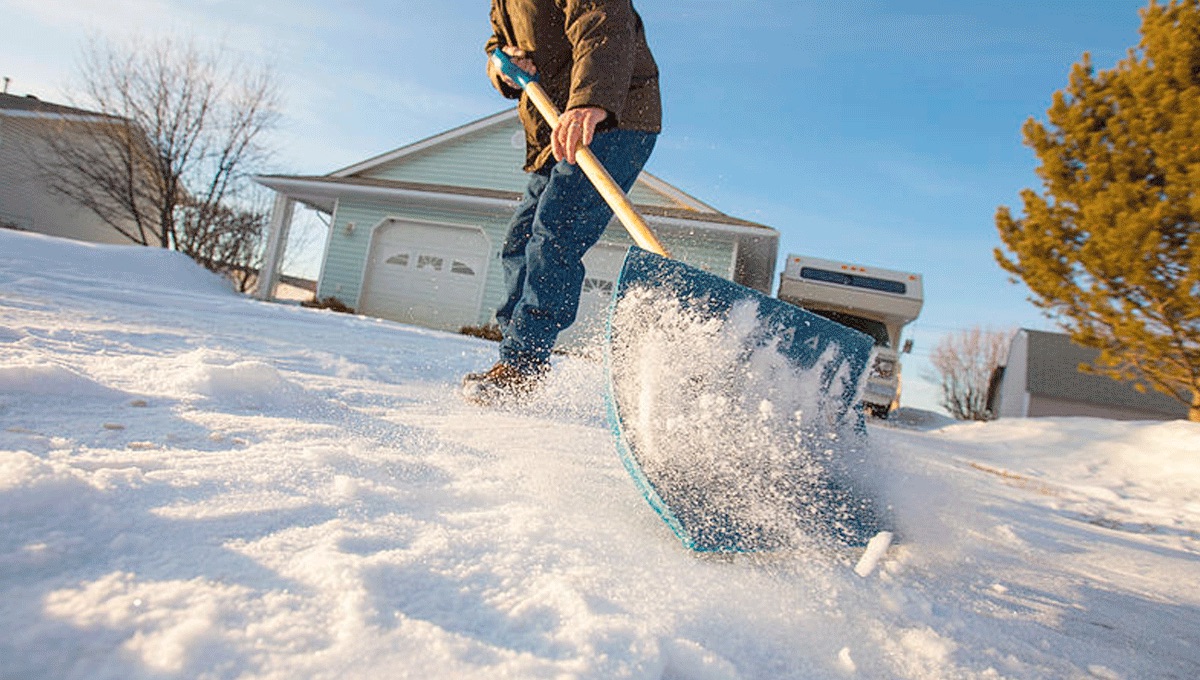
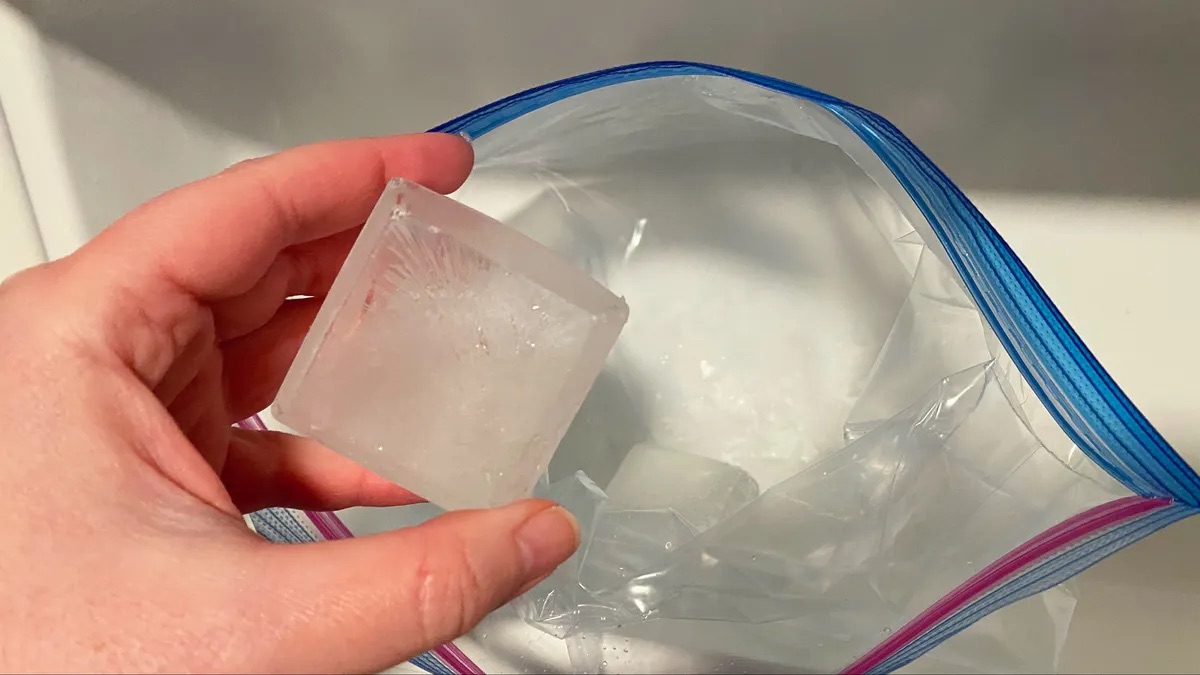
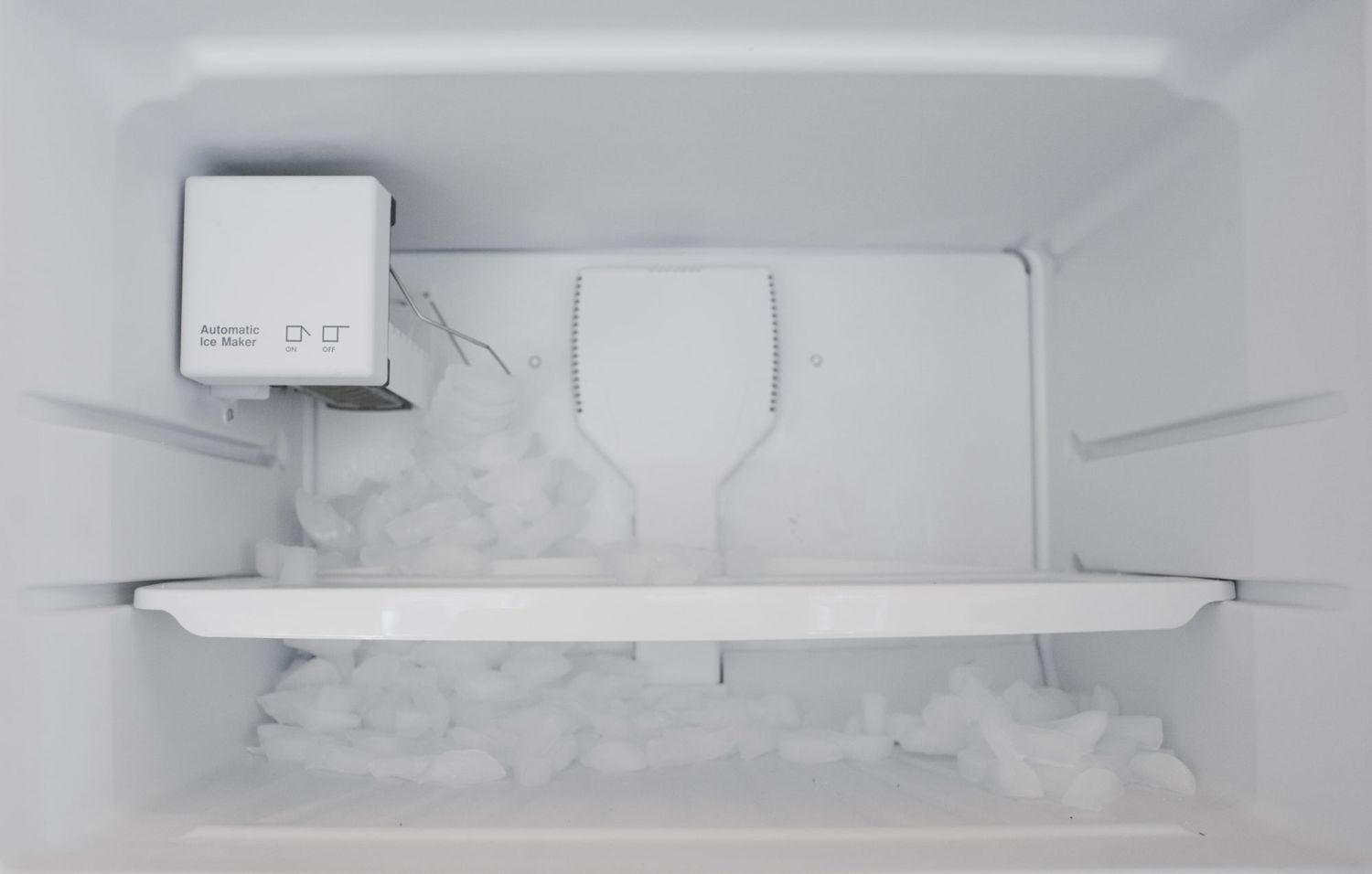
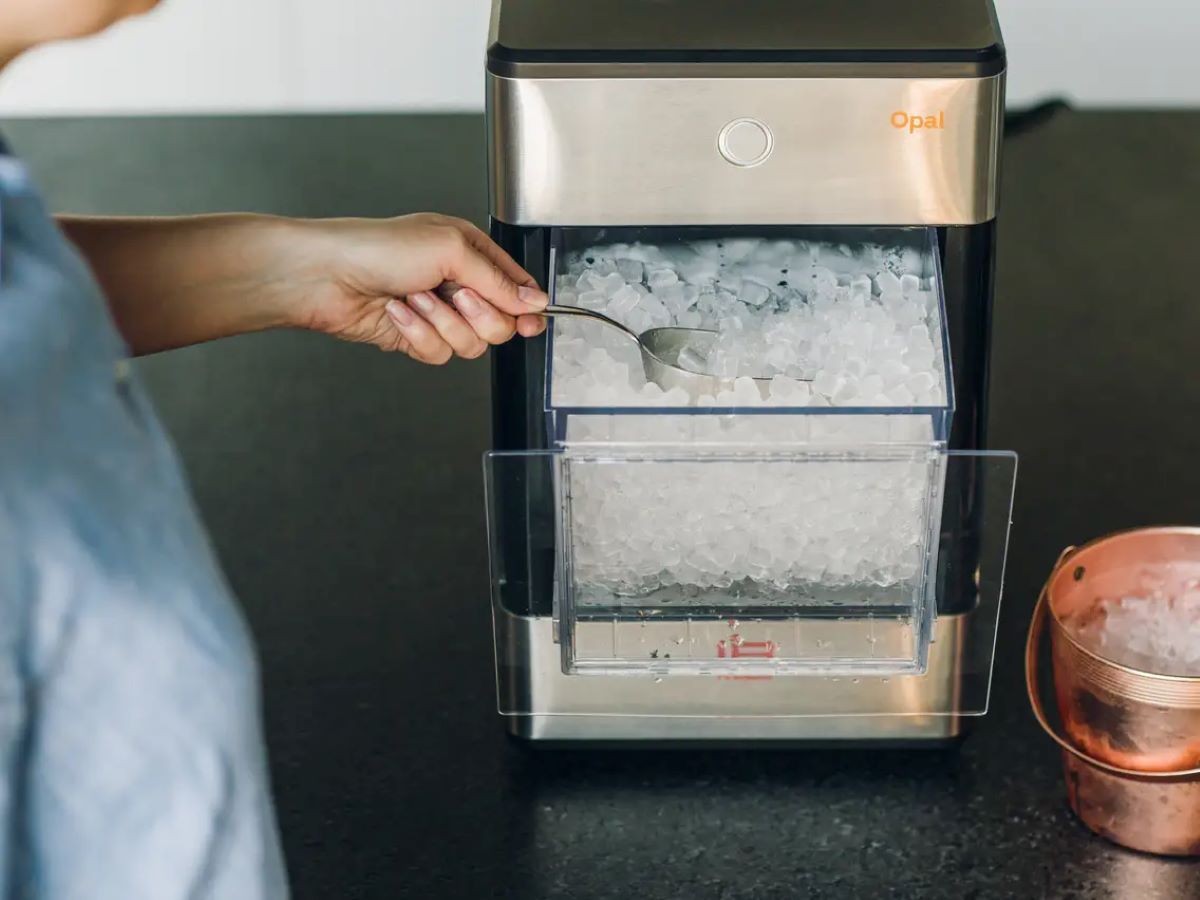
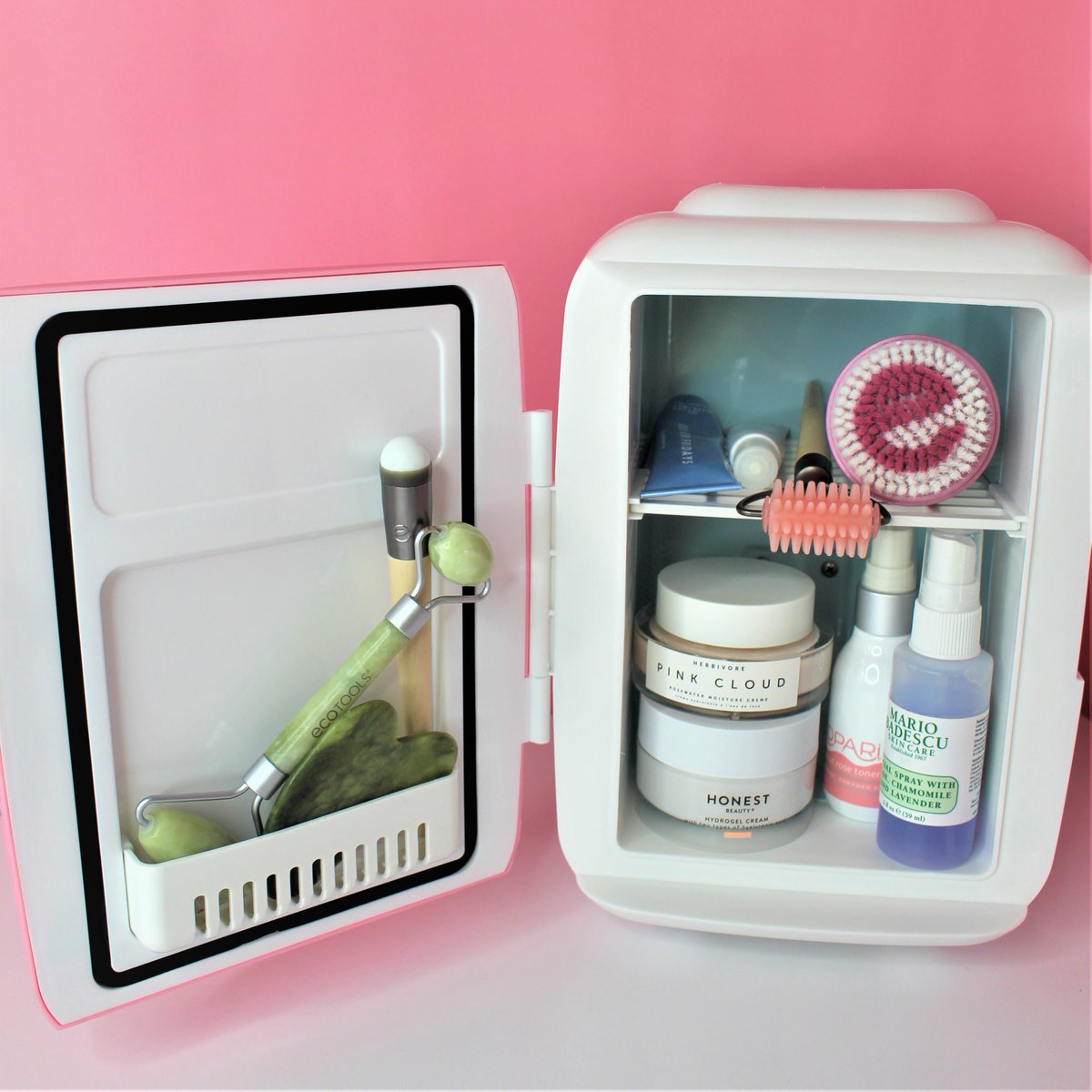
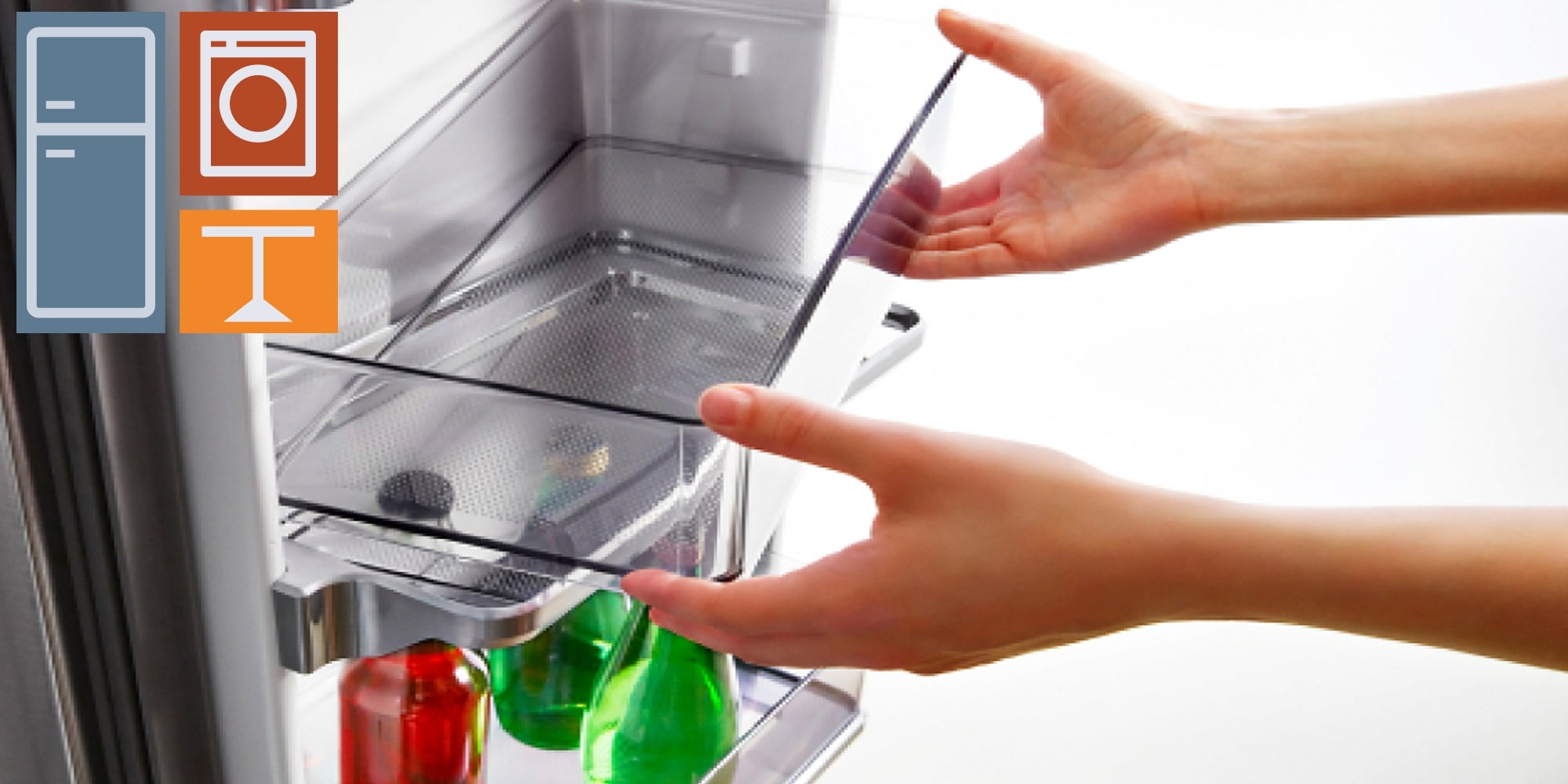
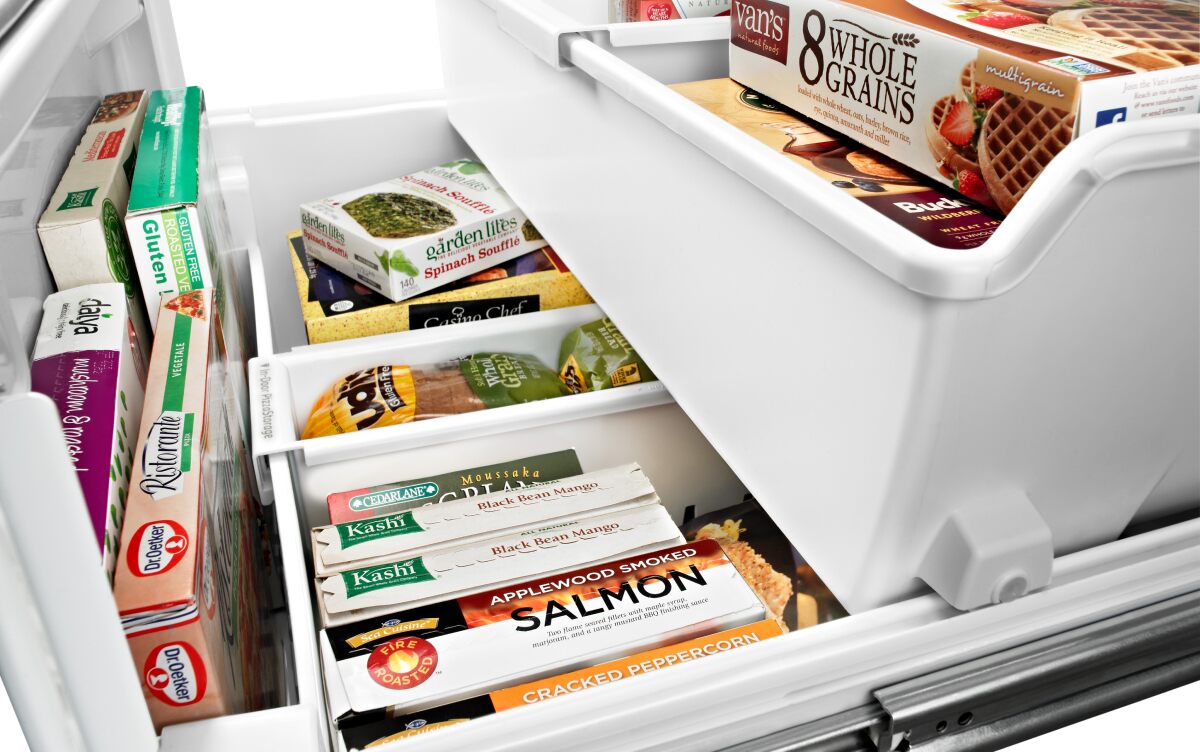

0 thoughts on “How To Remove Ice From Freezer”